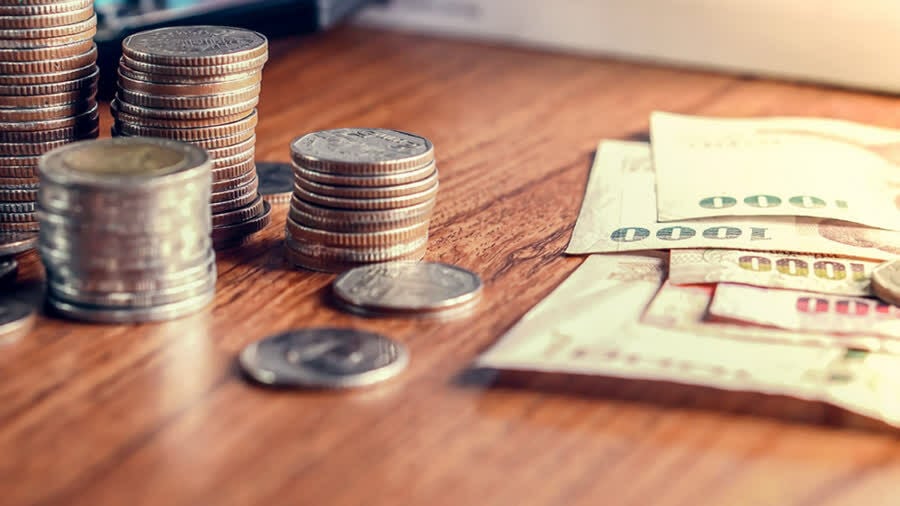Thai outbound tourism recovery slower than expected due to high costs

This year has been bleak for both inbound and outbound tourism in Thailand, with a weaker recovery than anticipated. Only 60-70% of Thais who travelled abroad in 2019 are expected to do so present year.
High living costs, household debt, and a slump in the stock market have made most Thais prefer saving over spending on outbound trips, which usually cost more than domestic ones, stated Chotechuang Soorangura, vice-president of the Thai Travel Agents Association.
As of the third quarter, the outbound market registered five million, less than half of the 10.4 million recorded in 2019, according to the Tourism and Sports Ministry’s report. If there’s an increase in the final month, a maximum of seven million Thais could travel abroad this year, Soorangura said.
Outbound tourism post-pandemic is largely limited to those who can afford the elevated prices resulting from increased airfares and inflation at many destinations. The middle class has been hit harder than last year, especially with the decline of the Stock Exchange of Thailand.
Despite some individuals not being directly affected by the slow economy, the general negative sentiment from high household debt and sluggish GDP growth has psychologically impacted their choices, Soorangura explained.
The time taken for trip bookings has decreased to less than a month, from one to two months, for countries with no visa requirements. For the upcoming new year period, trips were booked in the first week of December. People hesitate to spend on travel, remembering the hardships from the three-year pandemic, Soorangura said.
Travel costs
The slow resumption of flights also contributed to the tourism slowdown, as limited capacity drove travel costs up for destinations popular among Thai tourists. For instance, fares for direct flights to Japan with full-service airlines during the new year have soared to 40,000 baht, while fares with low-cost carriers begin from 33,000 baht, almost as costly as European destinations.
The International Air Transport Association anticipates passenger traffic for most regions to exceed 2019 levels, except in Asia-Pacific. It is expected to recover by 92% of the pre-pandemic level as traffic from China plummeted to 40% of the previous standard.
Soorangura said the impact has been felt across all segments, as retirees who usually take one outbound trip per quarter have cut back their travel to two trips per year.
Although South Korean tourism was momentarily shaken by Thai online protests over stringent entry measures this year, the outbound market to this country remained strong because it was half the price of trips to Japan. Rising airfares and accommodation prices in Japan could cost tourists up to 60,000 baht for each trip.
Corporate clients this year have asked tour companies to arrange incentive programmes with a more limited budget. Outbound packages to South Korea can cater to this demand as companies can limit their budget to around 30,000 baht per person.
According to the Japan National Tourism Organization, the number of Thais visiting Japan tallied 755,700 as of October, 25.5% lower than the corresponding period in 2019. Soorangura said Japan might remain the most popular destination for Thai tourists in the present year thanks to the weak yen, but the growth rate would be smaller than regional options with healthier economies, like Vietnam and Singapore, which posted gains of 20% and 16%, respectively.
The Thai economy is not in good shape compared with those of regional neighbours, which greatly affected outbound tourism this year. The slow recovery will continue, with no more than 10 million trips anticipated for next year, reported Bangkok Post.
Latest Thailand News
Follow The Thaiger on Google News:


























